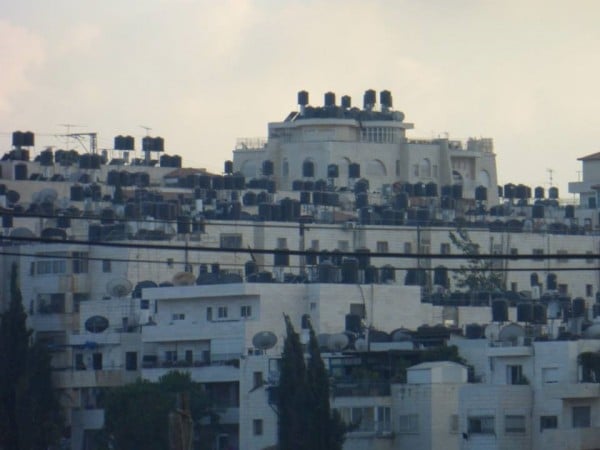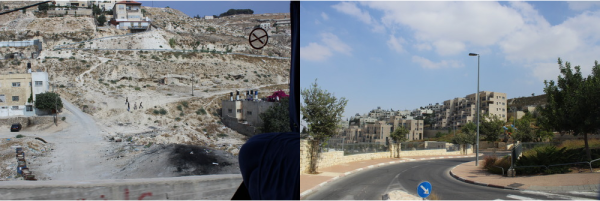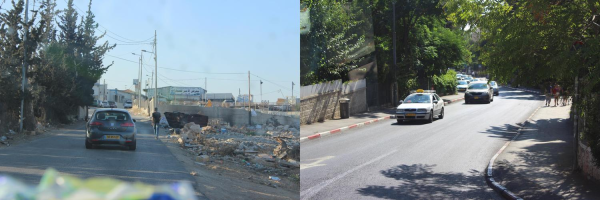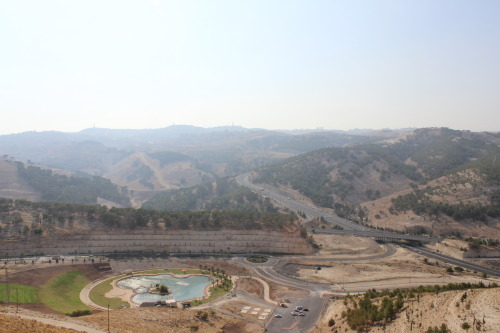This week marks the ninth annual international Israeli Apartheid Week, which serves to highlight the Israeli state’s systematic discrimination and human rights violations against Palestinians and to build the global Boycott, Divestment and Sanctions (BDS) movement that seeks to hold Israel accountable to its international humanitarian law obligations.
For some, the word apartheid is controversial. Without commenting on the term myself, I offer three snippets of life in Palestine from the five weeks I spent living there last summer to allow students to decide for themselves. Part one will focus on some invisible aspects of the Israeli occupation of Palestine — Israeli control of Palestinian infrastructure and development. Part two will focus on how Palestinian activists are treated by Israel, with a focus on Stanford alumnus Fadi Quran ‘10. Part three will highlight the experience of everyday Palestinians, who seek life’s basic liberties while living under occupation. I will conclude the series next week with my own analysis of the term ‘apartheid.’
At the beginning of my time in Israel and Palestine, I went on a tour of settlements in East Jerusalem and the West Bank with Jeff Halper, co-founder of the Israeli Committee against Housing Demolitions (ICAHD). To those who are unfamiliar with Israeli settlements, they are outposts where Israelis set up villages on land that is internationally recognized as belonging to the Palestinian people. They are illegal under international law, which prohibits an occupying military power from transferring its citizens to the territory they administer. In some cases, Israelis kick Palestinians out of their homes; in others, they build on land that the Palestinians cannot receive permits to build upon.
The settlements usually come with many resources — paved roads, sidewalks, grass, malls, olive trees that are hundreds of years old and uprooted from Palestinian villages, and more. We saw an Olympic-sized swimming pool in one of the more developed settlements. We also saw a huge decorative fountain at the base of a valley, complete with grass and a couple of palm trees. This site may not seem abnormal, but when you consider that the rest of the area looked like a desert, and that Palestinians in the West Bank only receive 15% of the water that comes from their land, this story changes very quickly.

Water control is one of the invisible but vital issues of the occupation. On opposite sides of the highway on the drive from Tel Aviv to Jerusalem, you can see evidence of separate and unequal treatment of Israelis and Palestinians. You can determine the distinction between Palestinian villages and Israeli settlements in the West Bank by looking at their roofs. Palestinians have multiple black water towers peppered all over every roof. The Israeli settlements either have no water towers at all (they have 24/7 access to water) or small white storage tanks that are noticeably smaller than the Palestinian ones.
In this area and in places across the West Bank, Israel supplies Palestinians with water as little as once a week. Palestinians gather water in these tanks to use during the outages, but have to allot the resources accordingly. Israeli settlers and soldiers sometimes target these water tanks for attacks.

In East Jerusalem, Palestinian areas do not get serviced by public buses, garbage collectors or ambulances (to call an ambulance requires a police escort). Israel captured East Jerusalem at the end of the Six Day War in 1967 and claims East and West Jerusalem as the unified and eternal capital of Israel, though it is technically occupied territory, just like the West Bank. While Israel should not be in East Jerusalem under international law, since it treats the city as its territory, it is practicing de facto segregation by not providing services to people who pay taxes and live in its capital, based on their ethnicity. The roads we saw in East Jerusalem are significantly narrower, frequently have no sidewalks and are strewn with trash when they do exist.


This distinction is currently being established even further, as Israel is currently building a separate highway for Palestinians in the West Bank on a road that is currently shared between illegal Israeli settlers and Palestinians. Once the road is completed, a wall will divide the highway between Palestinians and Israeli settlers, only the latter of whom will have direct access to Jerusalem. Palestinians living in the West Bank are not allowed to enter Jerusalem under most circumstances.

The issue of settlers may seem distant, but there is a lot of American involvement in this process. Jeff Halper from ICAHD spoke to us about one American who donated a police station for illegal Israeli settlers in order to convert the old police station into condominiums for additional settlers. To be clear: a private US citizen gifted a police station to a national government to grow the illegal occupation of land halfway across the world.

Similarly, at one settlement stop, the billboard for the project featured an American number and a U.S. contact person to inquire about more details.



In the entire time I was in the region, I could not wrap my mind around the existence of the settlements, the discrepancy in resources between villages immediately next to each other and the fact that the settlements are blatantly illegal yet approved by the Israeli government anyway. What is clear when all of these photos come together is that the society we are looking into is one that is separate and unequal. We cannot allow such discrimination to remain.

Kristian is co-president of the newly-renamed Students for Justice in Palestine. He invites anyone interested in continuing this conversation to hear Palestinian activist and Stanford alumni Fadi Quran ‘10 discuss the movement for justice in the region this Thursday at 7:15 p.m. in the Ujamaa House Drake Lounge.
Contact Kristian Bailey at [email protected].